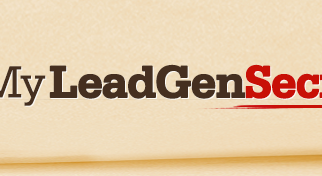I?ve become somewhat of a student of podcasts. My iTunes library currently contains 406 unplayed podcast episodes from 58 different shows. I know I?ll have time to listen to only a fraction of them, but that?s ok. I just can?t help subscribing to new podcasts when I come across something interesting. And more people are doing interesting things with podcasts than ever.

Podcast awareness is on the rise. Like social media a decade ago, podcasting as a medium is on a path to ubiquity. Edison Research publishes an annual report called the Infinite Dial. It?s a collection of statistics on American media habits. It?s fantastic, and marketers like me love them for doing the research and making it available to everyone.
In the 2017 Infinite Dial Report, Edison shows a steady increase in the number of people who are listening to at least one podcast per month ? 24%. And if you?re not impressed by 24%, consider this: 23% of Americans use Twitter (Infinite Dial, 2017); 20% of Americans read a newspaper (Pew Research, 2016); and nine out of ten dentists choose Crest (unverified).
As more people listen to podcasts, more people will want to create their own. If you?re one of those people, you?ll have to decide what kind of podcast you?re going to create. Are you going to interview people? Will you tell stories about people doing incredible things in your industry? Maybe you just want to rant audibly online. Regardless of why you want to start a podcast, you will have to decide which basic format to use. So far, I?ve identified these seven podcast formulas.
1. One-on-one interview
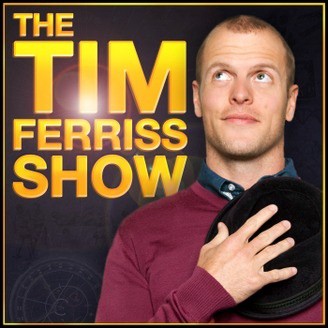 Tim Ferris has built a big audience using the one-on-one interview format
Tim Ferris has built a big audience using the one-on-one interview format
This is the most common format for podcasts for a simple reason: it?s easy to do. All you need is a microphone and an internet connection, and you pretty much have the tools necessary to make and publish a podcast. Of course, you?ll also need some skills ? organizational skills to book people to interview, interviewing skills, and the discipline to publish regularly (which I obviously lack in my own podcast).
There are a lot of great podcasts that use this format to create interesting, useful content for their audience. There are also a lot of really boring interviews out there that make time slow down to an agonizing crawl.
My own podcast uses the one-on-one interview format 95% of the time. With each episode, I do my best to move toward the interesting/useful end of the spectrum, and away from the boring/time-warp end of the spectrum.
Examples of the one-on-one interview format:
- The Tim Ferris Show
- WTF with Marc Maron
- The Art of Manliness
- Duct Tape Marketing with John Jantsch
2. Solo commentary
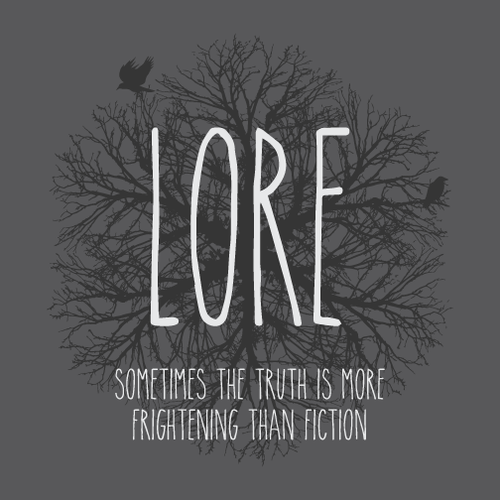 One dude and a microphone can be very compelling.
One dude and a microphone can be very compelling.
From a technical perspective, this is also an easy podcast to pull off. But it?s harder than you think to carry a microphone on your own. It takes a special kind of person to ad-lib a monologue for any length of time without making a fool of themselves.
Of course, you don?t have to ad lib. You can write it all out, which many podcasters do. The trick, then, is to write and read the script as if you are speaking conversationally. In general, podcasts are not like audio books. Listeners aren?t expecting to hear someone read. They want to hear someone talk.
I used this format in my podcast for episode 8 and episode 16. You be the judge of how well I pulled it off. There are variations of this format. Ask Science Mike uses a Q&A style for his solo podcast. He reads pre-submitted questions and then talks about his answers to them.
Dan Carlin?s Hardcore History podcast is one of my favorite things to listen to. He does an immense amount of research and publishes a three or four hour long episode about every five months. I do The Dance of Joy whenever I see a new episode pop up in my feed.
Examples of the solo commentary format:
- Ask Science Mike (Q&A format)
- Dan Carlin?s Hardcore History
- Lore
- Slate?s The Gist
3. Panel (guest interview or discussion)
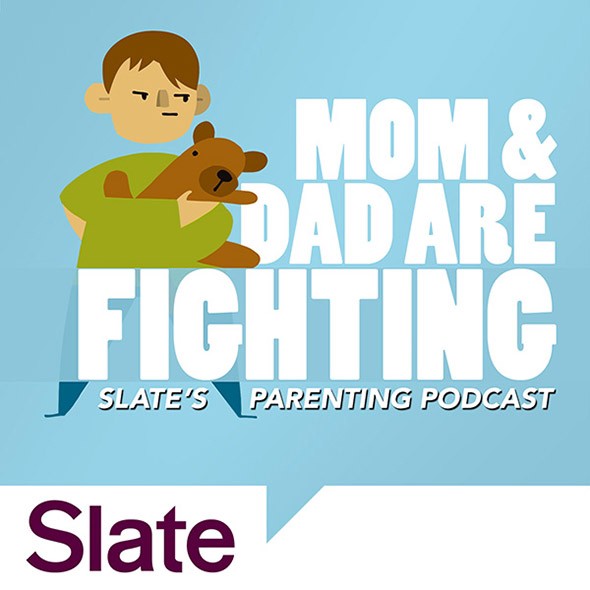 Many of Slate?s podcasts use a panel discussion format with frequent guests.
Many of Slate?s podcasts use a panel discussion format with frequent guests.
Producing a panel podcast requires a little more work. First, everyone should have a microphone whether you are all in the same room or not. Second, there are some technical hurdles to jump when it comes to recording several different sources of sound. Third, it?s a pain in the tookas to find a day and time that everyone is available to record.
Challenges aside, there are some real advantages to this format. The responsibility for being interesting is distributed throughout the panel. If the energy between the panel members is strong, listening to a conversation between some opinionated people is always entertaining.
EXAMPLES:
- The Beancast
- Slate?s Mom and Dad are Fighting
- Slate?s Political Gabfest
4. Nonfiction narrative story-telling
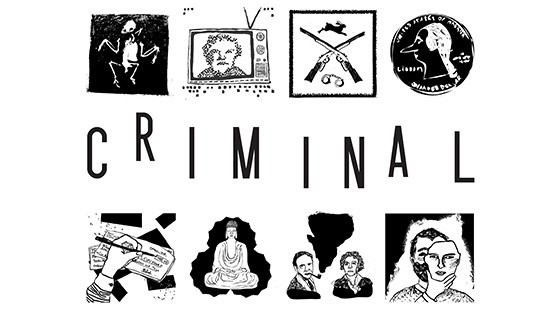 Criminal holds a special place in my heart because the producer, Lauren Spohrer, was kind enough to be a guest on my podcast.
Criminal holds a special place in my heart because the producer, Lauren Spohrer, was kind enough to be a guest on my podcast.
This is my Everest. It?s what I dream of being great at doing, because I love good story-telling. Nonfiction narrative, or creative non-fiction is a big world. In the literary world, I think of authors like Annie Dillard, Anne Lamott, or even Bill Bryson. They write about their own experiences and observations in life. They are essayists, and in Bryson?s case, a humorist. But in my itunes library, this podcast form is dominated by journalism. And when it comes to audio journalism and story-telling, NPR is king. I included a couple of non-NPR podcasts in the list of examples below, but even those have NPR roots because their makers are former NPR employees.
I haven?t cracked the nut on this podcasting form quite yet, because of all of these formats, I believe that this is the most challenging to do well. Many of the podcasts that I listen to in this genre run about 20?25 minutes per episode. And to produce those 20?25 minutes, a team of reporters and producers have likely recorded somewhere between three and four hours of tape, and spent I don?t know how many hours writing and editing scripts. Producing great non-fiction stories is labor-intensive and time consuming. It is not for the uncommitted. Nevertheless, these are the pieces that one can become most proud, precisely because the take so much work to create.
EXAMPLES:
- This American Life
- Serial
- Radiolab
- Work in Progress
- Startup
- Criminal
5. Fictional story-telling
 Frankly, I don?t get it. But thousands of other people (undoubtedly much cooler than I) have become super fans of this show.
Frankly, I don?t get it. But thousands of other people (undoubtedly much cooler than I) have become super fans of this show.
Maybe I?m just ignorant of a great ocean of fictional story-telling being broadcast to the world in podcast form, but I don?t think so. There are not a lot of people producing straight up fiction in podcast form. (Please feel free to correct me on Twitter @mark_leonard.)
I?m not sure why this is, but I can only assume that it simply hasn?t caught on among fiction writers. But this will change. I?ll bet you a bag of Augies beans that as podcasting becomes more mainstream, we?ll see more fiction writers publishing their stories as series-based podcasts.
EXAMPLES:
- Welcome to Nightvale
- We?re Alive: A ?Zombie? Story of Survival
6. Hybrid
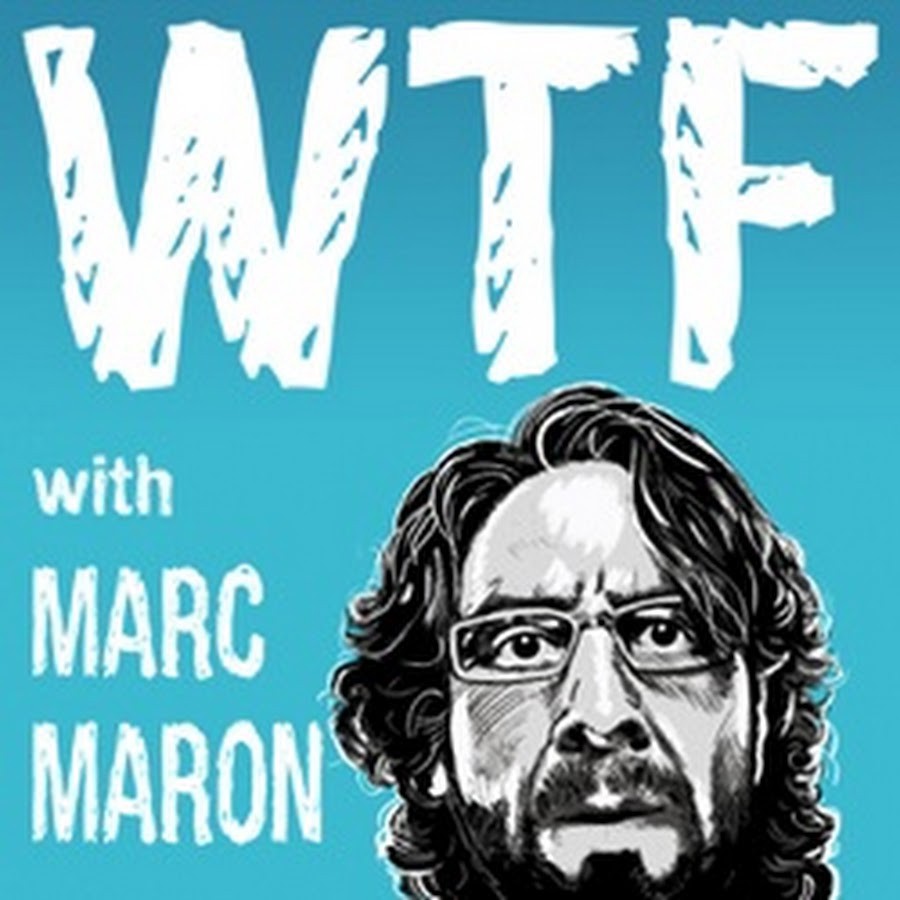 Marc Maron is a sneakily great interviewer.
Marc Maron is a sneakily great interviewer.
Of course, you don?t have to stick a pure form of any one of these formats. Mix and match! Have some fun! There are lots of podcasters out there who combine different elements of these forms to create their show. The two examples listed below use a monologue or solo commentary to start their show, and then they move into an interview or panel discussion format. They have developed a show with distinct segments, just like traditional radio and tv programs.
EXAMPLES:
- WTF with Marc Maron
- Slate?s The Gist
7. Repurposed Content
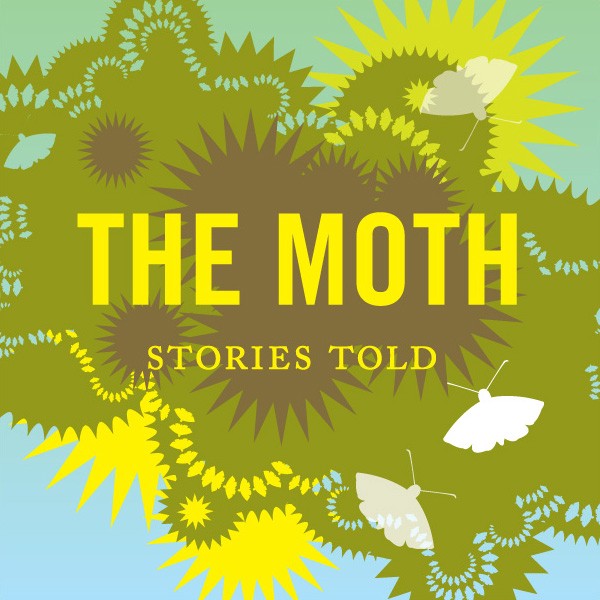 True stories told in front of a live audience ? and then repurposed as a podcast that you can listen to any time.
True stories told in front of a live audience ? and then repurposed as a podcast that you can listen to any time.
Many long-standing audio programs and live events (The Moth) have jumped onto the podcast train as it?s picked up speed. This, to me, is evidence of the growing power and momentum of podcasting as a content delivery platform.
Prairie Home Companion has been a live stage show and radio program for decades. Creating an RSS feed to distribute the show via podcast directories like Stitcher and itunes is a no-brainer.
What kind of content are you creating that could easily be re-purposed and distributed to a wider audience as a podcast? Sermons, seminars, workshops, and even plays come to mind as possibilities.
EXAMPLES:
- The TED Radio Hour
- Prairie Home Companion
- The Moth
- Wait, Wait, Don?t Tell Me
You might run into people out there who believe that podcasts were born from people creating new content from their basement, and that?s the definition of a true podcast ? some solo guy or gal with a microphone making stuff on a shoe-string budget as a hobby. They have a special hatred for professionally produced podcasts like those from NPR. They are full of malarkey. Don?t listen to them.
A podcast is defined more by its delivery system than its content. Podcasts are on-demand audio content, and there?s plenty of room for more creators to join the fray.


